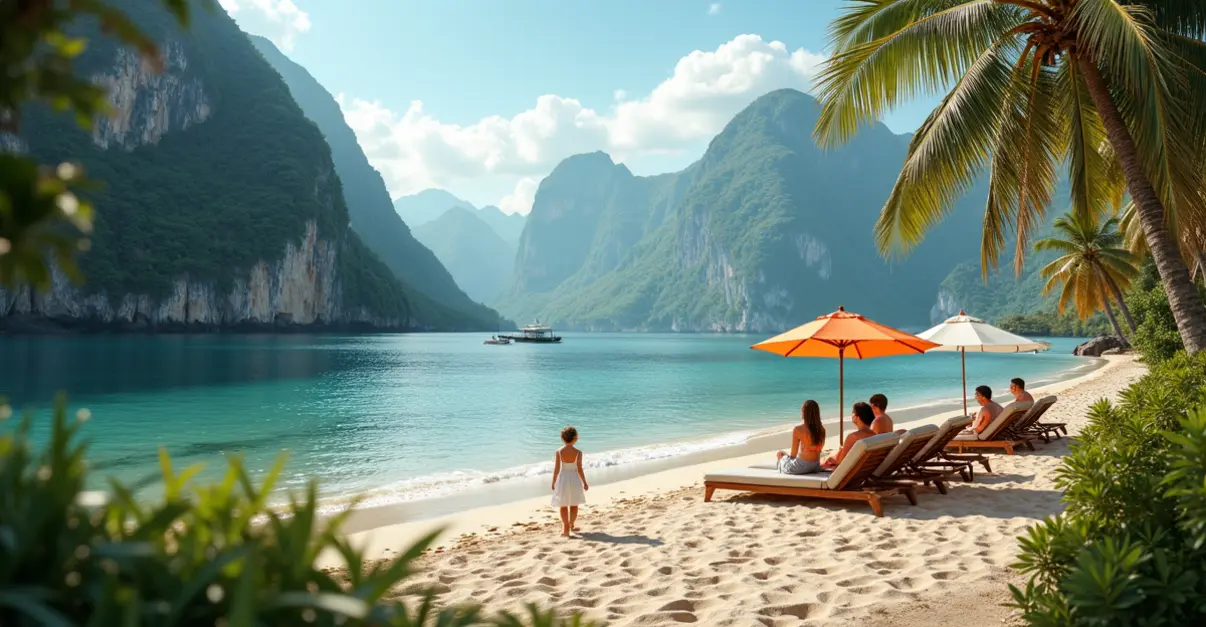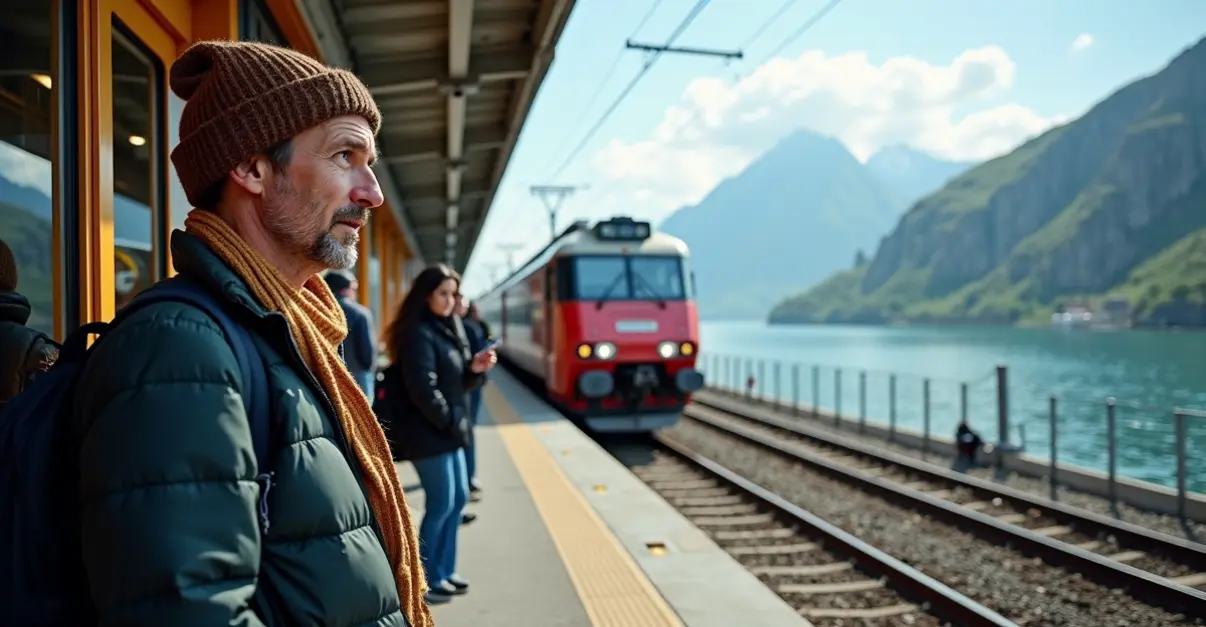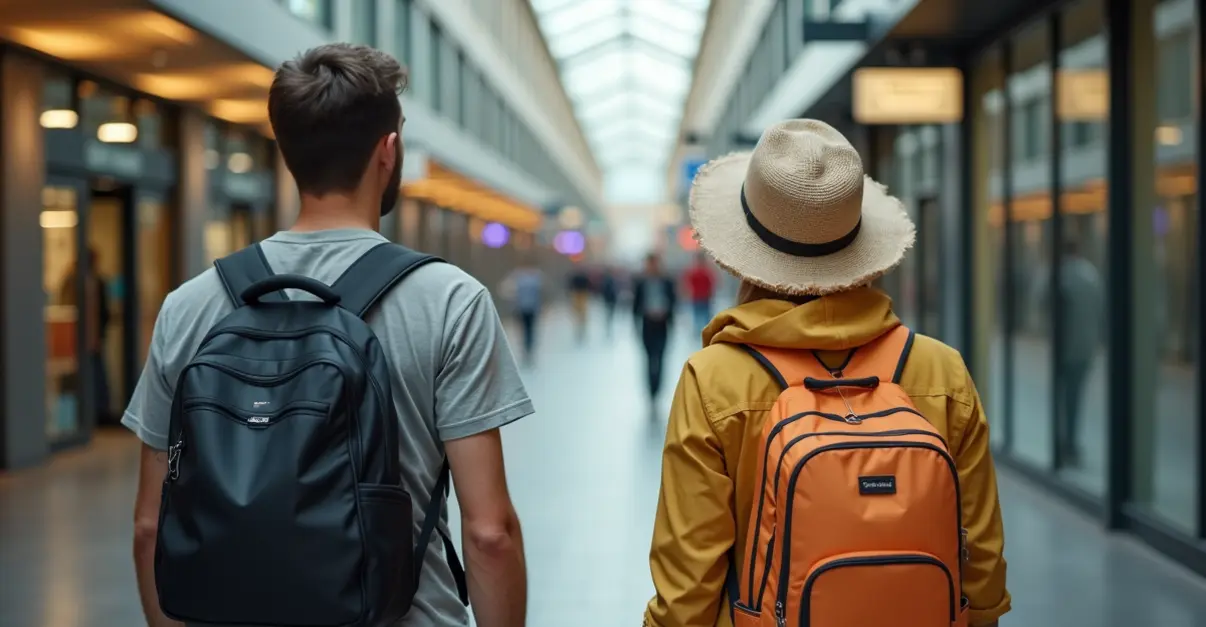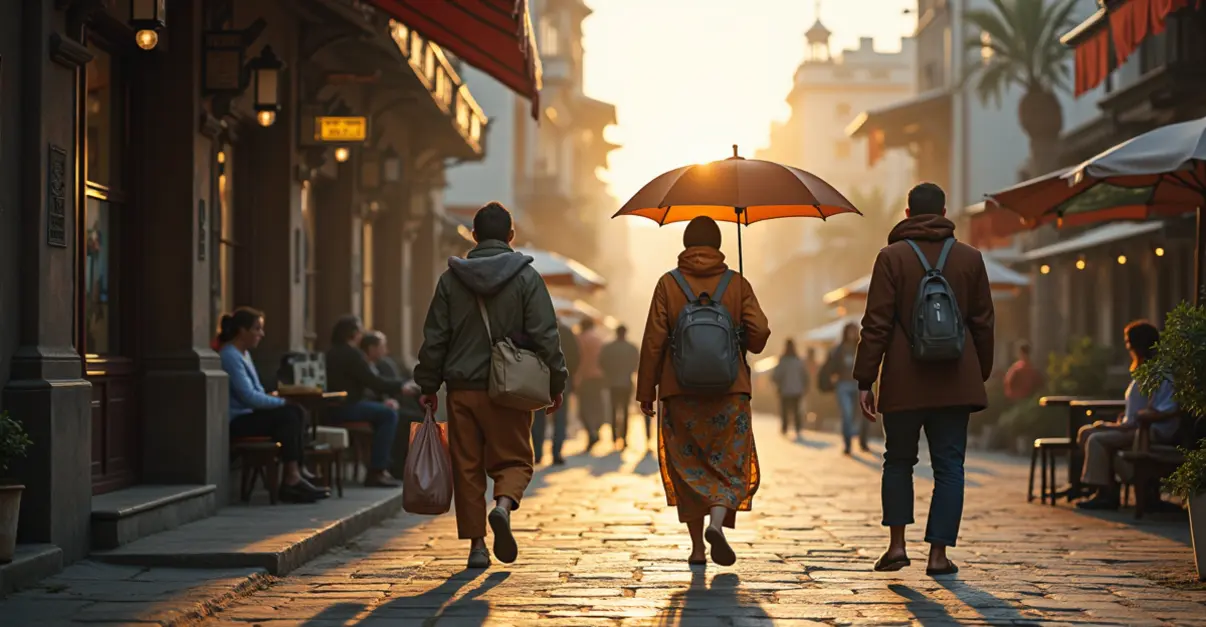Slow travel is emerging as a post-pandemic trend, with travelers prioritizing mental well-being and sustainability. Scenic rail and road trips replace crowded airports, offering deeper connections with destinations.
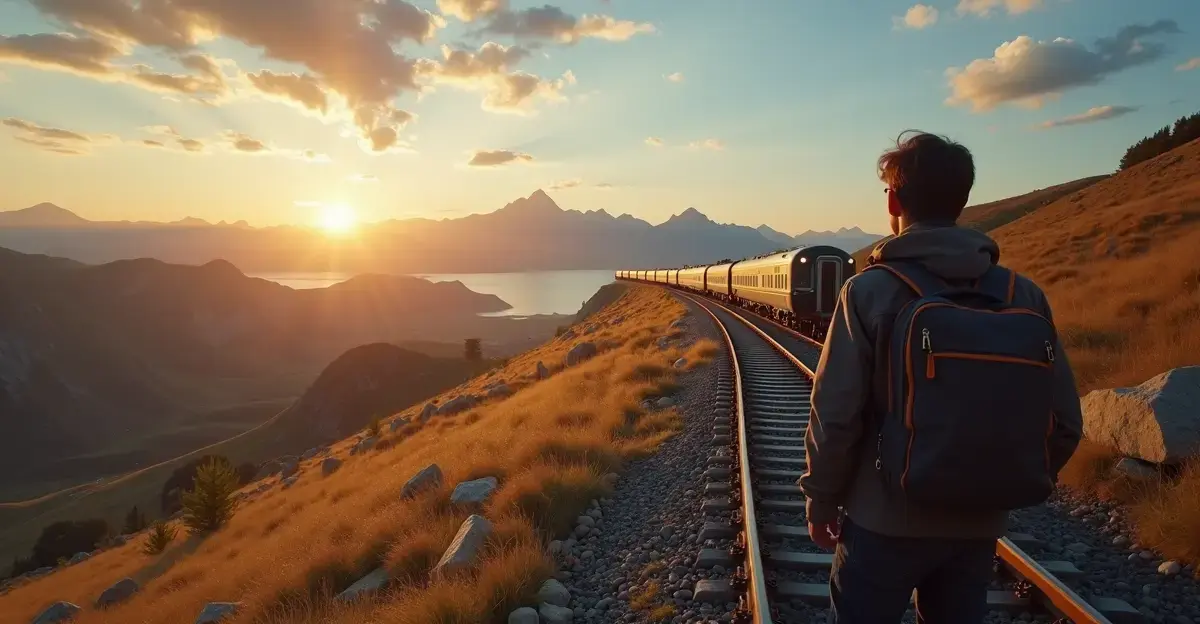
The Rise of Slow Travel
In the wake of the pandemic, travelers are increasingly opting for slow travel—a trend that emphasizes immersive experiences over rushed itineraries. This shift is driven by a desire for mental well-being, sustainability, and deeper connections with destinations. Scenic rail journeys, road trips, and off-the-beaten-path explorations are replacing the stress of airports and crowded tourist spots.
Why Slow Travel?
Slow travel aligns with the broader slow movement, which advocates for mindfulness and quality over speed. According to Hilton's 2025 Trends Report, 1 in 4 leisure travelers plans to embrace slow travel next year, seeking to immerse themselves in local cultures and landscapes. This trend is particularly popular among younger generations, who prioritize authenticity and sustainability.
The Benefits
Beyond reducing stress, slow travel offers environmental benefits. By avoiding flights and opting for trains or electric vehicles, travelers can significantly lower their carbon footprint. Additionally, spending more time in one place supports local economies and fosters meaningful interactions with communities.
Popular Slow Travel Destinations
From the scenic railways of Switzerland to the coastal drives of California, slow travel routes are gaining popularity. In Europe, the Cittaslow network promotes towns that embody the slow movement, offering travelers a chance to experience life at a gentler pace.
How to Embrace Slow Travel
Start by choosing a single destination and staying longer. Opt for sustainable transportation like trains or bikes, and engage with locals through workshops or homestays. Pack light, leave room for spontaneity, and savor the journey as much as the destination.

 Nederlands
Nederlands
 English
English
 Français
Français
 Deutsch
Deutsch
 Español
Español
 Português
Português






